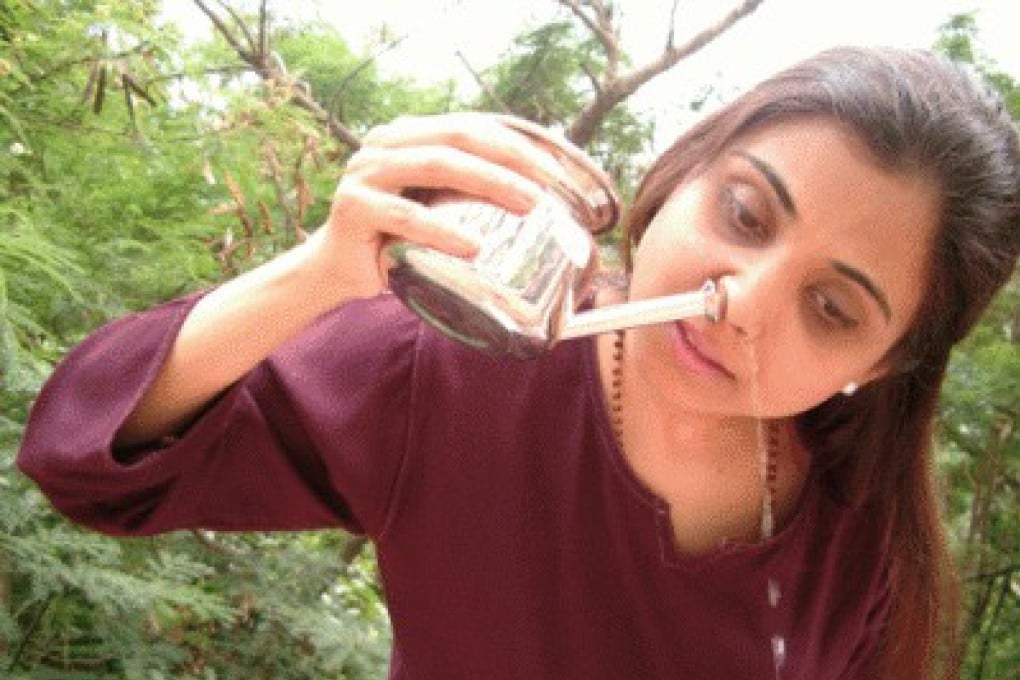Advertisement
Neti pot basics: how Ayurvedic nasal rinse relieves allergies, asthma and cold symptoms, improves facial skin tone and helps with meditation
- A neti pot looks like a teapot. Fill it with salt water, put the spout in one nostril, tilt your head and the water comes out the other. Simple but effective
- People around the world do it to relieve conditions including migraine, stop snoring, and improve facial skin tone, and medical science recognises its benefits
Reading Time:4 minutes
Why you can trust SCMP
4

Kevin Tillman was first drawn to a neti pot in the health food store he worked at in 2004. The physical education and parkour teacher in San Jose, Costa Rica, struggled with seasonal allergies for years and found relief in nasal rinsing with the mini teapot-shaped vessel.
“When I lived in California, there were consecutive years of wildfires. I found it essential to use a neti pot to manage allergies and deal with air pollution,” he says. “These days, I use it almost daily, depending on the air quality and my level of activity outside.”
Tillman is one of a growing number of people drawn to jal neti, an Ayurvedic nasal cleansing technique practised in India for centuries.
It provides relief from allergies, asthma, migraines, colds and sinus issues, but is also practised for overall well-being.

On Instagram, there are more than 18,000 #netipots posts, with videos and photos of people bent over sinks, a spout wedged into one nostril while water streams out of the other.
It looks daunting, but more people are keeping their noses clean with jal neti, influenced by respiratory issues, an interest in natural remedies and the global popularity of Ayurveda and yoga.
Advertisement